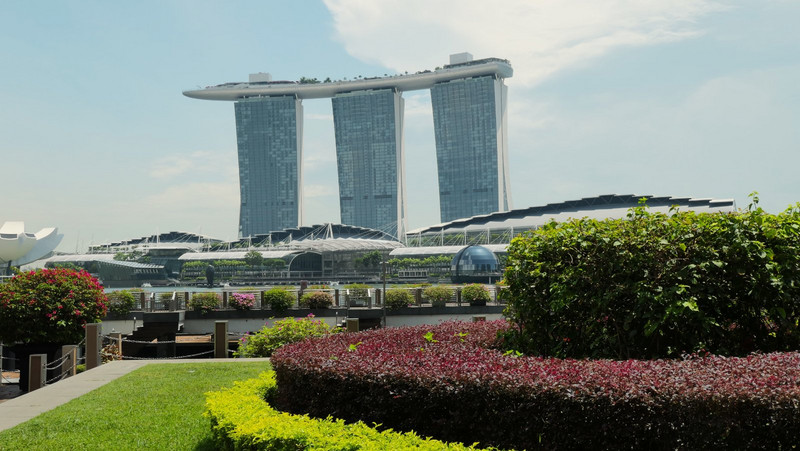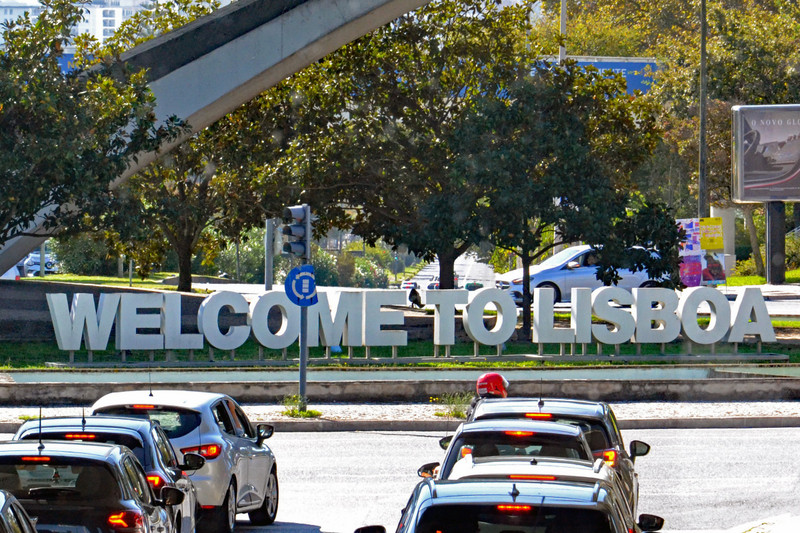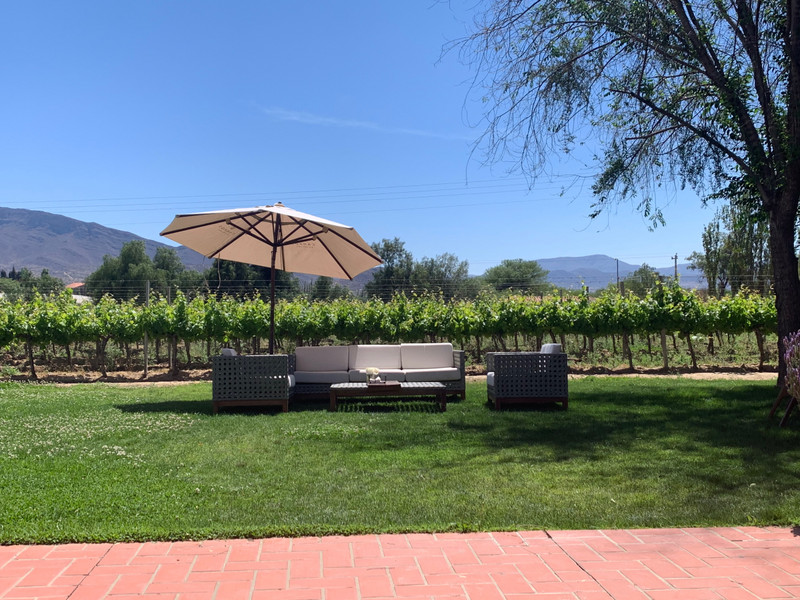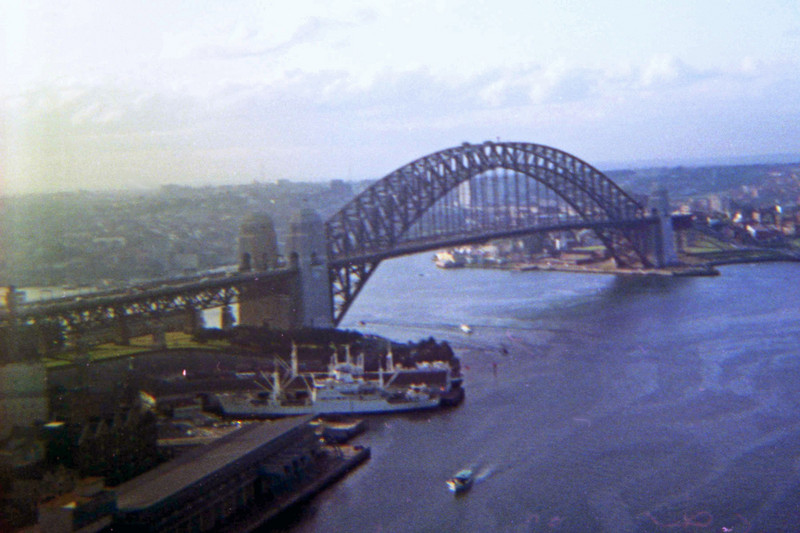A runestone is a raised stone with a carved runic inscription and additional ornaments. Thousands of runestones were erected in Scandinavia in the Viking Age. Today, the majority of runestones is presented at or near the place of its discovery, making the Swedish countryside dotted with these majestic stones.
Some are in museums, some are lost, but thousands of them are scattered throughout the Swedish countryside. The rundata database lists thousands of runestones. The area most densely populated with runestones is Uppland. Here is the map of 103 runestones I have visited mostly around Uppsala, the capital of Uppland. When living in Sweden discovering runestones was a frequent goal of my bike trips.
If you are in the countryside close to Uppsala and you see a church, there is a good chance there will be one or two runestones standing nearby. The older the parish, the greater chance to find a runestone. And if you look around while driving, there is a good chance you will spot some. Runestones were often erected next to tracts so that the could see them. If you drive along a road,
One out of two runestones next to the church in rentuna. On its left hand side one can spot the words ᚱᛅᛁᛋᛅ ᛋᛏᛅᛁᚾ (raisa stain), meaning raised the stone. When looking carefully, one can even figure out who has raised the stone. The first word reads ᛁᚬᛚᛘᚴᛁᛦ, i.e., Iąlmkar. Today such a name would probably spell Hjalmgeir.
which follows some old tract, there is a good chance you will find some runestones. The best roads are those leading to castles or old parishes.
Without much searching the most locations are Uppsala and Sigtuna. When visiting the great cathedral in Uppsala, you should take the path just behind the cathedral. There you can marvel at 7 runestones. You can find 9 more runestones scattered in the university square in Uppsala, just behind Gustavianum, the university museum on the opposite site of the main entrance to the cathedral.
You can also go on a runestone hunting mission when visiting the picturesque town of Sigtuna. There is 12 runestones scattered throughout Sigtuna, but some of them are very difficult to find without the map. You can use my map or drop by the local museum, where you can also find (slightly imprecise) map.
The most important part of a runestone is its runic inscription. Some older or smaller stones contain the inscription only. Usually the text fits into a snake stretching around the edge of the stone. The inscription always reads from the snakes head towards its
tail. The remainder of the stone is filled with decorative snakes, dragons or twisted branches. Most stones contain at list one cross. It is worth noting that all runestones I saw and almost all in entire Sweden were erected in Christian times. In many peoples minds the runes are associated with Norse gods, Thor and Odin and such. The reality different. Despite the form and ornaments inspired by the tradition, almost all runestones were erected in Christian times.
The most important part of any runestone is its inscription. Most of the stones have very similar, almost uniform inscriptions. They say who raised the stone, in memory of whom, and who carved the runes. Heres an example of a very typical from the stone U Fv1976 located just behind the cathedral in Uppsala:
Bjrn and Brandr had the stone raised in memory of Karlungr, their father; and Ketilbjrn in memory of (his) brother. Œpir carved the runes.
This is the general pattern that can be found on virtually every runestone. Often, some additional information regarding life or achievements of the person in question is added. This may be a mention of voyages and raids carried out, foundations or buildings raised, or simply a note on the place, where the person
Very esthetic, runestone. It is from this stone that we learn about Nasi/Nesi and his brothers who built a bridge. The first part of the inscription is on the left face, while the second part on the right.









